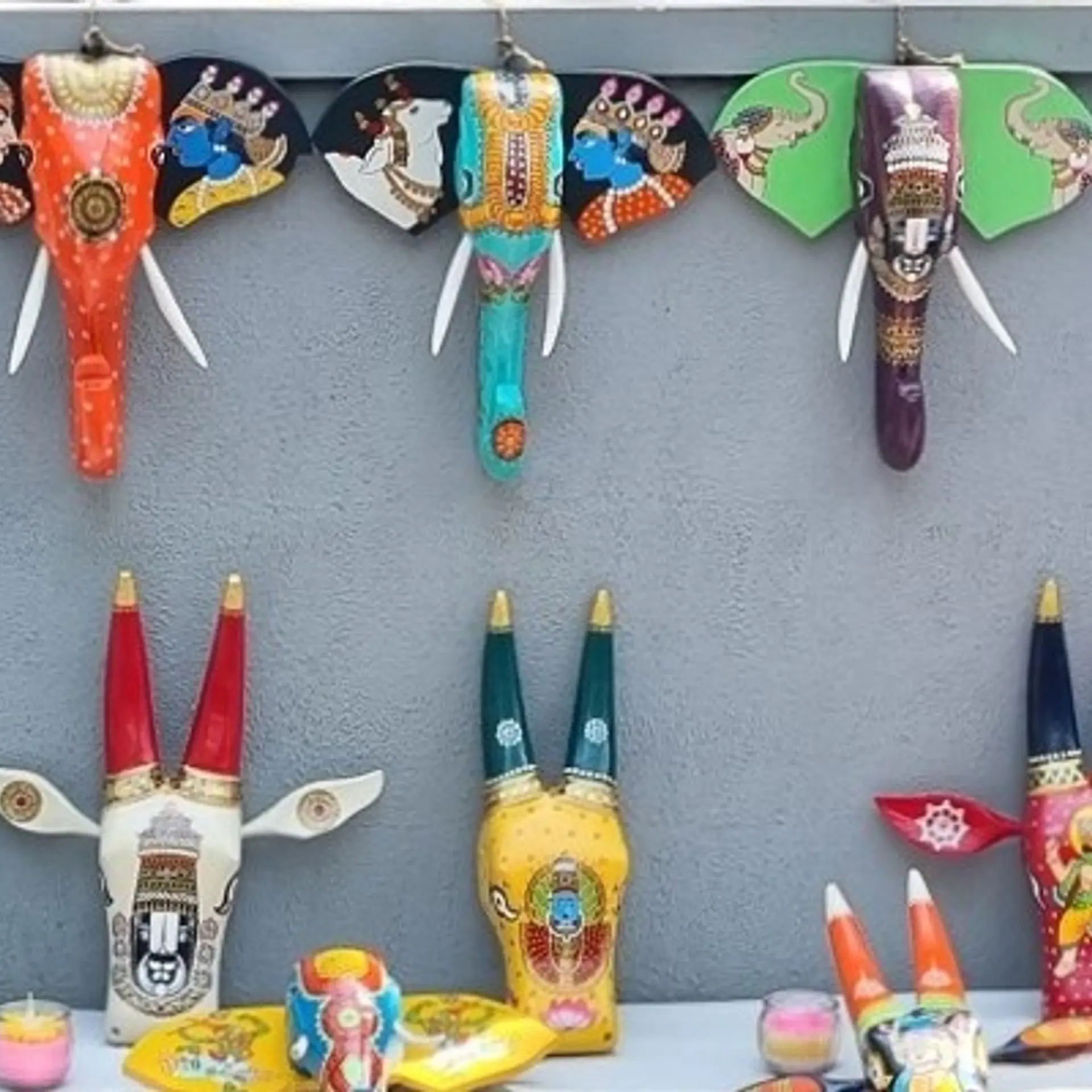Anmol Jaggi says ‘common-sensical stuff’ helped BluSmart crack the ride-hailing business
The first 70 EV cars of BluSmart ran on the Uber platform after which the startup developed its own app.
Can disruptors be disrupted? With its EV ride-hailing business currently operational in Delhi and Bengaluru, is doing just that.
In the market with two existing Goliaths—Ola and Uber—the common belief would be that there isn’t a place for another significant player. But this four-year-old company has forced every analyst to revisit those assumptions. Serial entrepreneur Anmol Jaggi, Co-founder of BluSmart Mobility, shared the thought process behind building a profitable ride-hailing business in India with Shradha Sharma, Founder & CEO YourStory.
The environmental friendliness and fuel efficiency of EV cars alone were not sufficient for BluSmart to establish its business case. The use of EV cars in the ride-hailing business doesn’t have a proven model so far. Further, given that the charging infrastructure is still developing and EV cars are limited by battery range, building a ride-hailing startup for EVs was tough.
Yet Anmol and his co-founder identified enough cracks in the business model of the existing ride-hailing giants to give them confidence that their idea might actually work.
“We did small common-sensical stuff, rather than some big-bang innovation," Anmol said.
The common sense and practical understanding of the business and customers show in the intuitive practices adopted by the company. For example, BluSmart clearly seems to understand the importance of being a purpose-driven company from the millennial customer’s perspective.
The birth of an idea
Existing ride-hailing business models require driver-partners to purchase cars on debt and deploy them on the platform. This model results in interest rates of 18-20%. Also, the model also suffers from issues such as car maintenance, cleanliness, and cancellations, which impact the customer experience. Adding to this, rising fuel cost increases the cash burn.
Anmol and his Co-founder Punit Goyal saw these gaps as opportunities and started researching the market in 2018, eventually launching the company in mid-2019.
The first 70 EV cars of BluSmart ran on the Uber platform after which the startup developed its own app. The algorithm for an EV fleet required added levels of complexity because rides had to be matched not just based on the driving distance from the pick-up location, but also on the battery range, the distance of the nearest charging station, and availability at the station.
[Exclusive] BluSmart in advanced talks to raise $250M; closes $100M in EV asset financing
“Overall, our cost structure is 30-40% cheaper than our competition,” Anmol said, explaining why BluSmart is confident of turning profitable very early in its journey.
BluSmart leases its EVs at an institutional level allowing it to maintain sub-10% interest rates. Lower fuel cost helps keep the cash burn low. At the same time, BluSmart charges at par with the competition, which combined with lower costs, allows it to work towards the profitability goal. According to Anmol, his interactions with customers reveal that people are willing to even pay a premium for a good experience which BluSmart has been able to deliver, maintaining a 4.9-star average rating so far.
The secret behind delivering excellent customer experience has been the smart use of the charging downtime of EVs. All BluSmart charging stations employ staff who clean up the cars while they charge. Small repairs are also done during this duration, ensuring all BluSmart cars appear well-maintained at all times.
Further, BluSmart also employs a stringent selection process for driver-partners, across psychological, physical, and driving skills followed by complete background verification and has an application-to-selection ratio of 10:3.
While BluSmart believes in not leaving any value on the table with its pricing, it does not have surge pricing like its competitors. “If there is rain on the road, why should the price go up 3 times?” Anmol said echoing the sentiments of customers who perceive surge pricing as opportunistic and unfair.
A deep understanding of the customer psyche comes from both hard data and having an ear to the ground. Anmol regularly takes early morning cabs to the airport to check on the experience himself. He believes in getting direct feedback from customers by talking to them rather than relying on filtered information. On the other hand, BluSmart studies its customer profiles and travel patterns to understand their needs.
Anmol said that BluSmart’s moat is the 4.9 rating, maintaining which is his top priority even at a bigger scale. He shared that this mindset has been ingrained among all the driver partners and employees.
“One aspect of the business, I’m a control freak about, is the customer,” he emphasised. The customer experience is what allows BluSmart to charge a premium along with lowering marketing budgets due to strong retention and word of mouth.
“That’s the beauty of building a good product, you actually don’t have to sell it too much”, Anmol added, sharing that the marketing budget of BluSmart for 2022, was only about Rs 1 crore.
Talking about the future, Anmol revealed that the company is expected to close the next round of funding to the tune of $200-250 million, and thereafter double its existing fleet in Delhi to 6,000 cars making it the largest fleet of EV vehicles in a city, anywhere in the world.
The current annual revenue of BluSmart is to the tune of Rs 50 crore, doubling every quarter, and is projected to reach Rs 500 crore by April 2024. Anmol’s confidence stems from his clarity of vision and grounding in the core tenets of business which he attributes to learnings from Gujarat's business community.
“Lot of people call me a Gujarati businessman with a turban,” Anmol shared, talking about moving to Gujrat from Chandigarh at the age of 21 because it was necessary for him to build his earlier renewable energy business. It was this credibility along with success in getting his bootstrapped business to IPO, coupled with his co-founder’s success in earlier businesses, that made initial investors bet on BluSmart despite an unproven model and existing competition.
Perhaps it is this training that has helped BluSmart get the business basics right and deliver on the metrics that matter.
Edited by Affirunisa Kankudti







